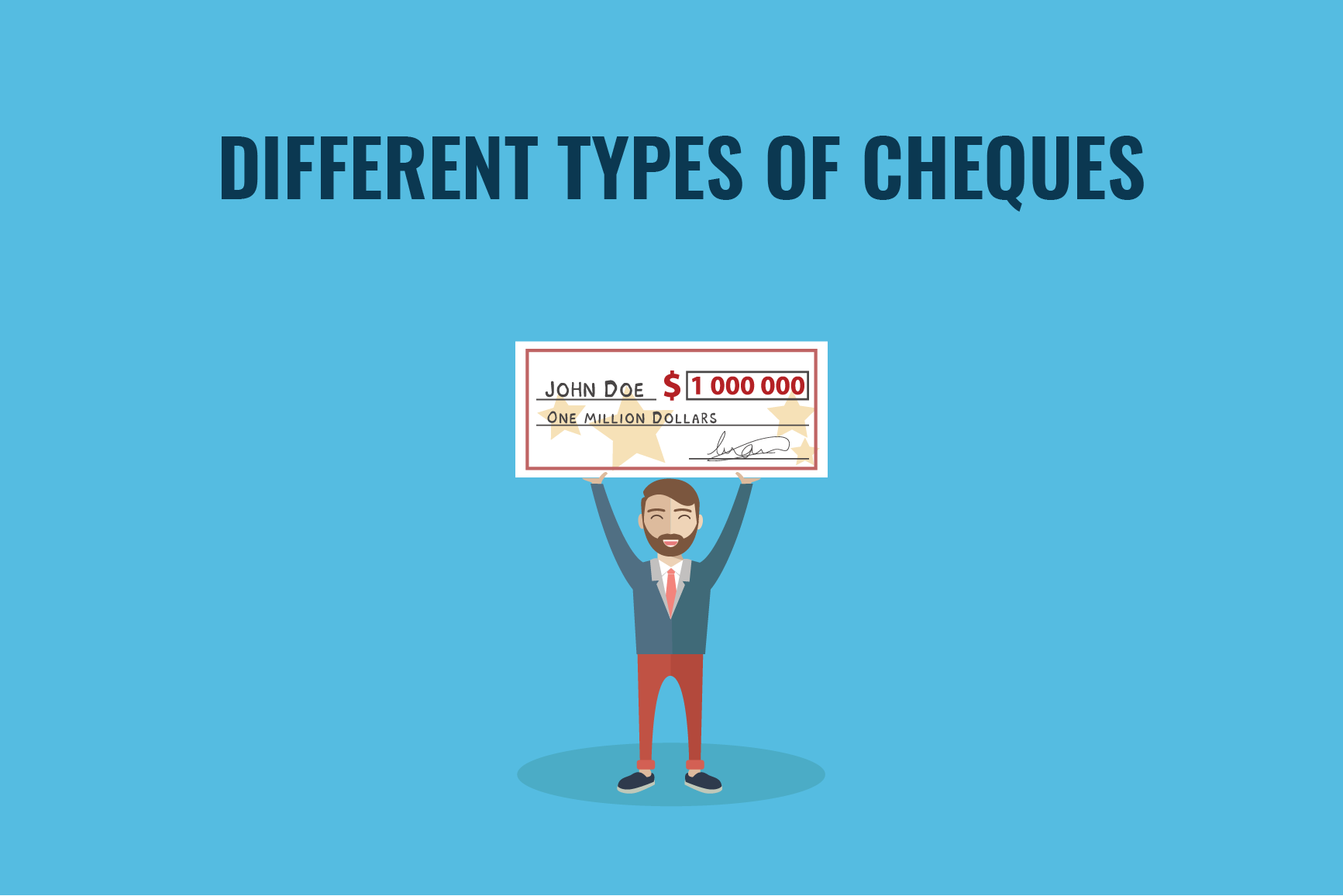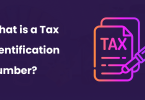Understanding Crossed Checks: Enhancing Security in Financial Transactions
In the realm of banking and financial transactions, crossed checks stand as a symbol of enhanced security and specific instructions. This unique form of check, adorned with two parallel lines, serves as a key player in financial systems across Mexico, Australia, and various European and Asian nations. In this comprehensive guide, we delve into the intricacies of crossed checks, exploring their functionalities, advantages, disadvantages, and the global scenarios where they play a pivotal role.

How a Crossed Check Works
A crossed check, distinguishable by the presence of two parallel lines, indicates that the check can only be deposited directly into a bank account. Unlike traditional checks, crossed checks are not immediately convertible to cash by a bank or any other financial institution. The distinctive notation acts as a safeguard, ensuring that the funds are channeled through a collecting banker and deposited into an existing bank account.
The specific formatting of crossed checks may vary between nations, with additional symbols like “& Co.” or the phrase “not negotiable” accompanying the parallel lines. Rarely, the check might bear the inscription “account payee” to convey cashing instructions.
Crossed Check vs. Uncrossing a Check
Once a check has been crossed, the payee is unable to uncross it. Crossed checks are considered non-transferable, prohibiting them from being signed over to a third party. The sole action permitted is for the payee to deposit the check into an account held in their name.
While the payee lacks the authority to uncross a check, the payer retains the ability to do so by simply writing “Crossing Canceled” across the front of the check. However, this practice is generally discouraged, as it undermines the protection initially established by the payer.
Special Considerations
Failure by a receiving bank to comply with the crossing of a check can be deemed a breach of contract between the institution and the customer who wrote the check. In such cases, the bank may be held responsible for any associated losses if the payee did not genuinely have the funds available to cover cashing the check.
An open check, alternatively known as a bearer check, describes a check that lacks the distinctive crossing. These checks can be cashed at the teller counter, with funds provided directly to the payee.
Advantages and Disadvantages of Crossed Checks
Advantage: Fraud Protection
A significant advantage of crossed checks lies in their ability to safeguard against fraud. As these checks cannot be immediately cashed, anyone attempting to misuse a crossed check creates a traceable line of evidence when depositing it into an account they have access to. This becomes particularly advantageous when dealing with checks written for substantial amounts.
Disadvantage: Delayed Access to Cash
While crossed checks offer enhanced security, they can pose challenges for the payee requiring quick access to cash. The deposited check may take several days to clear, depending on the country and the banking institution. This delay can be a drawback in situations where immediate access to funds is crucial.
Can a Crossed Check Be Transferred to Someone Else?
Similar to an uncrossed check, a crossed check cannot be transferred to a third party if the payer has included additional instructions such as “not negotiable” or “account payee only” alongside the parallel lines.
The Bottom Line
Although crossed checks are not commonplace in the United States, they play a vital role in European and Asian countries, as well as Mexico and Australia. If you find yourself dealing with a crossed check, especially in the context of a foreign bank account, be prepared to deposit the check rather than cash it. Understand that a waiting period may ensue before the check clears, allowing you access to the funds.
In conclusion, crossed checks represent a sophisticated layer of security in financial transactions, striking a balance between protecting against fraud and potentially causing delays in accessing funds. As financial systems evolve globally, the utilization and significance of crossed checks continue to be a noteworthy aspect of modern banking practices.
Understanding Crossed Checks: Enhancing Security in Financial Transactions
Crossed checks, identified by two parallel lines, indicate that they can only be deposited directly into a bank account, offering enhanced security in financial transactions. Used in countries like Mexico, Australia, Europe, and Asia, these checks prevent immediate cashing and provide specific instructions to financial institutions. Once crossed, a check cannot be uncrossed by the payee, and they are considered non-transferable. While advantageous in preventing fraud, crossed checks can lead to delayed access to cash for the payee. The payer can cancel the crossing, but it’s generally discouraged. These checks play a significant role globally, offering a sophisticated layer of security in financial transactions.






